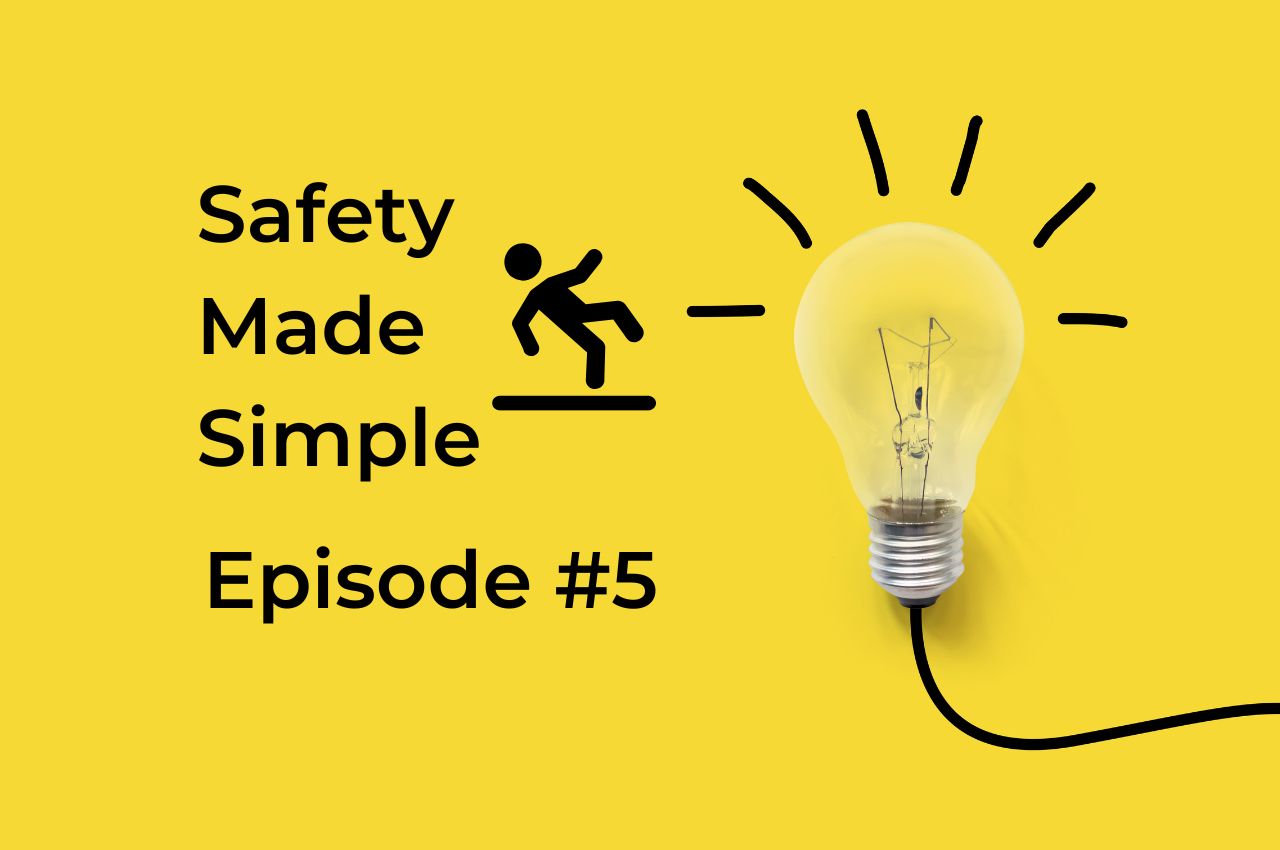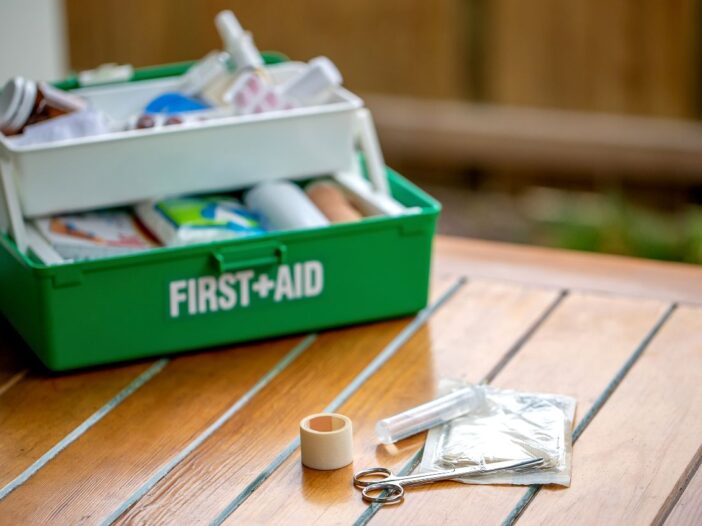
In this episode we look at workplace accident statistics and fatalities, the industries they occur in and how you can use these stats to better improve your own health and safety system.
If you’d prefer, you can read the transcript here:

In this episode we look at workplace accident statistics and fatalities, the industries they occur in and how you can use these stats to better improve your own health and safety system.
If you’d prefer, you can read the transcript here:
Get the latest fire, health and safety news, guides, webinars, videos and podcasts direct to your inbox. Sign up now!
Discover our library of expert guides, webinars and video.




We're the leading compliance organisation trusted by businesses nationwide to meet their auditing, assessment and training needs. We work with all sectors and size of organisation. We have extensive accreditation and decades of safety management experience.
Company no. 04152524 · VAT no. 770517529
Stay up-to-date with the latest health and safety news, advice and offers.
| Cookie | Duration | Description |
|---|---|---|
| __cf_bm | 30 minutes | This cookie, set by Cloudflare, is used to support Cloudflare Bot Management. |
| __lc_cid | 2 years | This is an essential cookie for the website live chat box to function properly. |
| __lc_cst | 2 years | This cookie is used for the website live chat box to function properly. |
| __oauth_redirect_detector | past | This cookie is used to recognize the visitors using live chat at different times inorder to optimize the chat-box functionality. |
| Cookie | Duration | Description |
|---|---|---|
| _calendly_session | 21 days | Calendly, a Meeting Schedulers, sets this cookie to allow the meeting scheduler to function within the website and to add events into the visitor’s calendar. |
| Cookie | Duration | Description |
|---|---|---|
| _ga | 2 years | The _ga cookie, installed by Google Analytics, calculates visitor, session and campaign data and also keeps track of site usage for the site's analytics report. The cookie stores information anonymously and assigns a randomly generated number to recognize unique visitors. |
| _gat_gtag_UA_2905818_1 | 1 minute | Set by Google to distinguish users. |
| _gid | 1 day | Installed by Google Analytics, _gid cookie stores information on how visitors use a website, while also creating an analytics report of the website's performance. Some of the data that are collected include the number of visitors, their source, and the pages they visit anonymously. |
| Cookie | Duration | Description |
|---|---|---|
| m | 2 years | No description available. |
